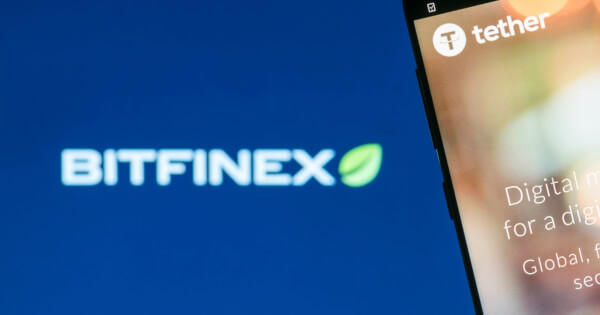Terrill Dicki
Sep 03, 2024 02:36
Bitcoin’s (BTC) price may experience significant changes as the US Federal Reserve’s interest rate decisions approach, according to Bitfinex Alpha.
This month’s US interest rate decisions are poised to significantly influence both Bitcoin’s (BTC) short-term volatility and long-term trajectory, according to Bitfinex Alpha. Since early August, Bitcoin has gained over 32 percent, driven by traders anticipating dovish comments by the Federal Reserve.
Potential Rate Cuts and Market Reactions
A 25 basis point cut is likely to signal the beginning of a typical easing cycle, which could lead to long-term price appreciation for Bitcoin as liquidity increases and recession fears ease. Conversely, a more aggressive 50 basis point cut might cause an immediate price spike but could be followed by a correction as recession concerns escalate. Over the past week, spot holders have been de-risking while perpetual market speculators have been attempting to “buy the dip,” with significant long open interest on BTC perpetuals.
Speculative Outlook
Bitfinex Alpha cautions that a 15-20 percent decline could be expected when rates are cut this month, with a possible bottom of $40-50k for BTC. This prediction is based on historical data showing that the cycle peak in terms of percentage return reduces by around 60-70 percent each cycle, and the average bull market correction has also diminished. However, this outlook could change if macroeconomic conditions shift.
Historical Volatility and Correlation with Traditional Markets
Historically, September has been a volatile month for Bitcoin, with an average return of -4.78 percent and a typical peak-to-trough decline of around 24.6 percent. This volatility, combined with the potential for a “sell-the-news” reaction after a rate cut, could present both risks and opportunities for traders. Bitcoin’s increasing correlation with traditional risk assets like the S&P 500 suggests its price movements will remain closely tied to global macroeconomic conditions.
Global Economic Factors
Actions by other major central banks, such as the ECB’s potential pause in rate hikes amid slowing growth, the BOJ’s cautious approach amidst a slowly recovering economy, and the PBOC’s targeted liquidity measures to support China’s slowing growth, are likely to have ripple effects across global markets and influence digital assets like Bitcoin.
The US economy continues to benefit from ongoing disinflation, robust household consumption, and wage growth that outpaces inflation. The Federal Reserve’s preferred inflation measure, the PCE index, increased by 2.5 percent in July, indicating sustained disinflation and reinforcing price stability across the economy. Earlier fears of a potential economic slowdown have eased, supported by stronger-than-expected GDP growth in the second quarter, which was revised upward to a three percent annual rate from the previous estimate of 2.8 percent.
Housing Market and Consumer Confidence
However, the housing market faced challenges in July, with pending home sales hitting a record low as declining mortgage rates failed to stimulate market activity. Despite this setback, there is optimism that the downturn will be temporary, with expectations that further declines in mortgage rates and the conclusion of the election year could help the market regain momentum. Meanwhile, US consumer confidence reached a six-month high in August, driven by optimism about the overall economic outlook, although concerns about the job market still linger.
Political and Regulatory Engagement in Cryptocurrency
Across the cryptocurrency industry, there is a growing trend of political and regulatory engagement, alongside significant advancements in trading infrastructure and market adoption. Presidential candidate Donald Trump has announced a strategy aimed at positioning the US as a global leader in cryptocurrency, specifically through his association with the decentralized finance project, World Liberty Financial.
In tandem with this political shift, the 24X National Exchange has filed a proposal with US regulators to launch a securities exchange that would allow for 24/7 trading of cryptocurrency ETFs. Meanwhile, Australia has emerged as a major player in the global cryptocurrency market, experiencing a 17-fold increase in cryptocurrency ATMs over the past two years, making it the third-largest market worldwide. However, this rapid expansion has also raised concerns among authorities about the potential use of these ATMs for money laundering. In response, a multi-agency task force has been established to address these issues, underscoring the ongoing tension between innovation and regulation in the cryptocurrency landscape.
Image source: Shutterstock













